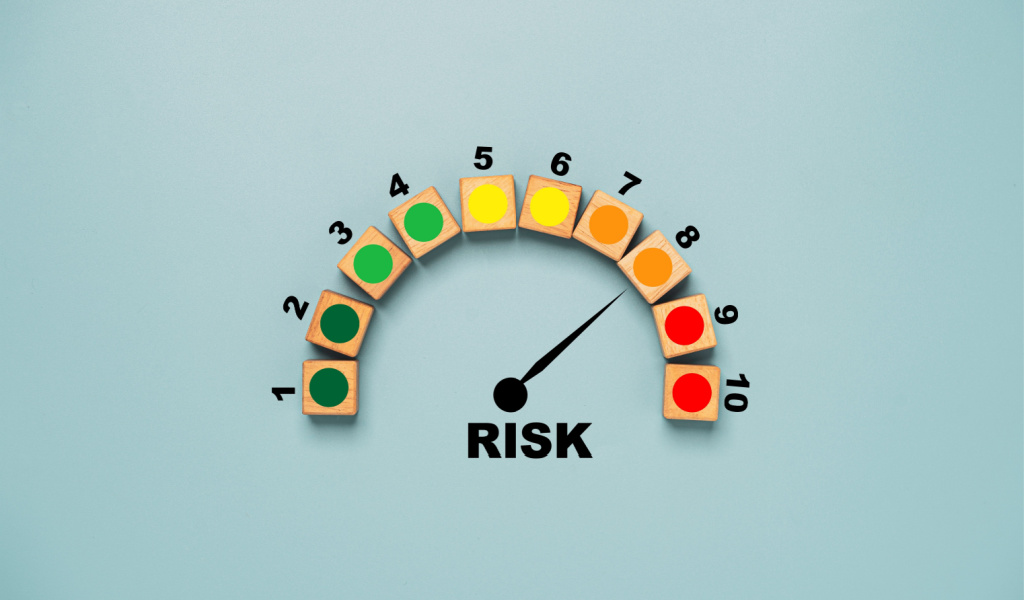Despite an excellent start in 2023, the Standard & Poor’s 500 Index has failed to impress investors lately. This was following a dreadful performance in 2022. With the confidence that the Federal Reserve has assured to control inflation, several market observers believe the economy will drop by the end of 2023. Investors are primarily nervous about prominent institutions such as Silicon Valley Bank declaring bankruptcy, which worsens the existing volatile economy spurred by the rising interest rates.
The nation’s central bank has continued to apply a considerable amount of pressure to cool an overheating economy. However, this has led to a big disaster in equities and bonds, as investors estimate the condition and choose the best way to position themselves. Nevertheless, as investors price in an economic slump, the benchmark 10-year Treasury has declined even though short-term rates have risen. Concerns about risky investments are on everyone’s minds as the United States suffers from the recession caused by the pandemic and inflation. In addition, the stock market faces instability. Be aware of possible investment mistakes to avoid risking your financial gains.

Here are the top 7 riskiest investments in 2023:
Annuities
Fixed and variable are the two primary varieties of annuities. You may get guaranteed income payments for a predetermined period or all of your life by paying an insurance company a premium with a fixed annuity. With variable annuities, your money is invested in buckets, similar to mutual funds. The rate of return is changeable, potentially yielding a higher or lower eventual yield than with fixed annuities.
You can achieve everything an annuity offers without dealing with disagreeable features, such as high surrender costs and fees, which can be 7% or more if you withdraw money from your account during the first few years after purchasing. Annuity restrictions are similar to IRA funds, where withdrawals made before the age of 59 1/2 are liable to tax penalties.
Subprime Mortgages
Those with shallow credit scores obtain subprime mortgages as they are considered the least creditworthy. Given the statistics, borrowers with lower credit scores tend to fall prey to loan default. Although investors receive higher interest rates on these mortgages, considerable risk is involved.
Many of these investments proved worthless, which drove down a few prominent names in the stock market during the 2008 financial crisis, such as the Lehman Brothers. Even though lending rules have become stricter since 2008, they remain low-rated securities with a high risk of failure to pay. Subprime mortgages are considered a risky investment owing to their poor standing and damaged history, particularly considering the richness of other investment options.
Whole Life Insurance
There is a noticeable cost difference between term insurance and whole life insurance. The premiums for whole life insurance are considerably higher than term insurance, and the price could increase for senior citizens. Furthermore, in case you need money from your investment, you will be unable to use whole life insurance as collateral since it cannot be cashed out. Given that whole life insurance is costly, in an unfortunate event where a policyholder passes away before it ends, as is the case in most situations, the beneficiaries will be given only a tiny portion of what they expected.
Since whole life insurance is a form of annuity contract rather than a mutual fund or stock portfolio, there are several negatives other than cost-effectiveness and liquidity. Due to the reason that it lacks the growth potential associated with investing in stocks or additional funds over time, there will be zero opportunity for profit following the purchase of the plan.

Penny Stocks
Penny stocks, as defined by the SEC, often offer less than $5 per share and are typically issued by relatively small businesses. However, this stock trades for less than $1 per share in common Wall Street jargon. Many investors are interested in penny stocks since they are reasonably priced, and even the slightest move can lead to a significant profit percentage. A 20% profit is possible, for example, if you purchase a penny stock at 50 cents and it goes up by just 10 cents per share.
Penny stocks generally trade at low prices if the company suffers financial losses and can be headed for bankruptcy. Given the significant market manipulation, penny stocks remain a gamble, making them volatile investments.
Private Placements
Stocks sold via private placements are not available for trading on open markets. Being an “accredited investor” involves carrying out investments in private placements. SEC says that you must have earned over $200,000, or $300,000 together with your spouse, in any one of the previous two years to be qualified for accredited investor status. In addition, you must plan on earning the same sum in the coming year as well. If your assets are more than $1 million, you will be considered an accredited investor.
There are situations in which private placements are considered suitable forms of investment. On the other hand, such investments are a risk for an ordinary investor, who cannot possibly learn enough about a private placement to evaluate its authenticity. Like penny stocks, stock promoters who incorrectly portray the stock’s upside without revealing the potential downside often push private placements. Plus, selling private placements can be tricky, at least not until the placement’s key stakeholders have profitably sold their shares.
High-yield Bonds
Previously called “junk” bonds, this type of investment is more recently known as “high-yield” bonds. Credit agencies give junk bonds low ratings due to their ability to settle debts. Involving in riskier investments certainly requires paying higher interest rates; therefore, the phrase “high-yield.” High yields are above average, which can encourage investors to take more risk with the hopes of receiving greater returns, particularly in a low-interest-rate environment.
Similar to individuals, businesses with low credit have a greater possibility of defaulting or declaring bankruptcy. You may lose all your money if you purchase a high-yield bond from a failing company. The risk can be minimized, however, not entirely removed, by investing in high-yield bonds via mutual funds.
Traditional Savings Accounts at Major Banks
Regular interest payments and constant value stability are features of savings accounts that are safe and covered by FDIC. They are obtainable at most of the banks in the nation.
A token interest rate is paid by most of the world’s finest banks. For example, investors who select Wells Fargo’s and Chase’s basic savings plans get a pitiful 0.01% each. The national average saving rate of Americans is only 0.05%. This means that your entire savings account will be lying there when you take taxes and inflation into account. A high-interest savings account, or even the sort of profits you ought to look for in a long-term investment account, is impossible to achieve by leaving your money in a regular savings account!



